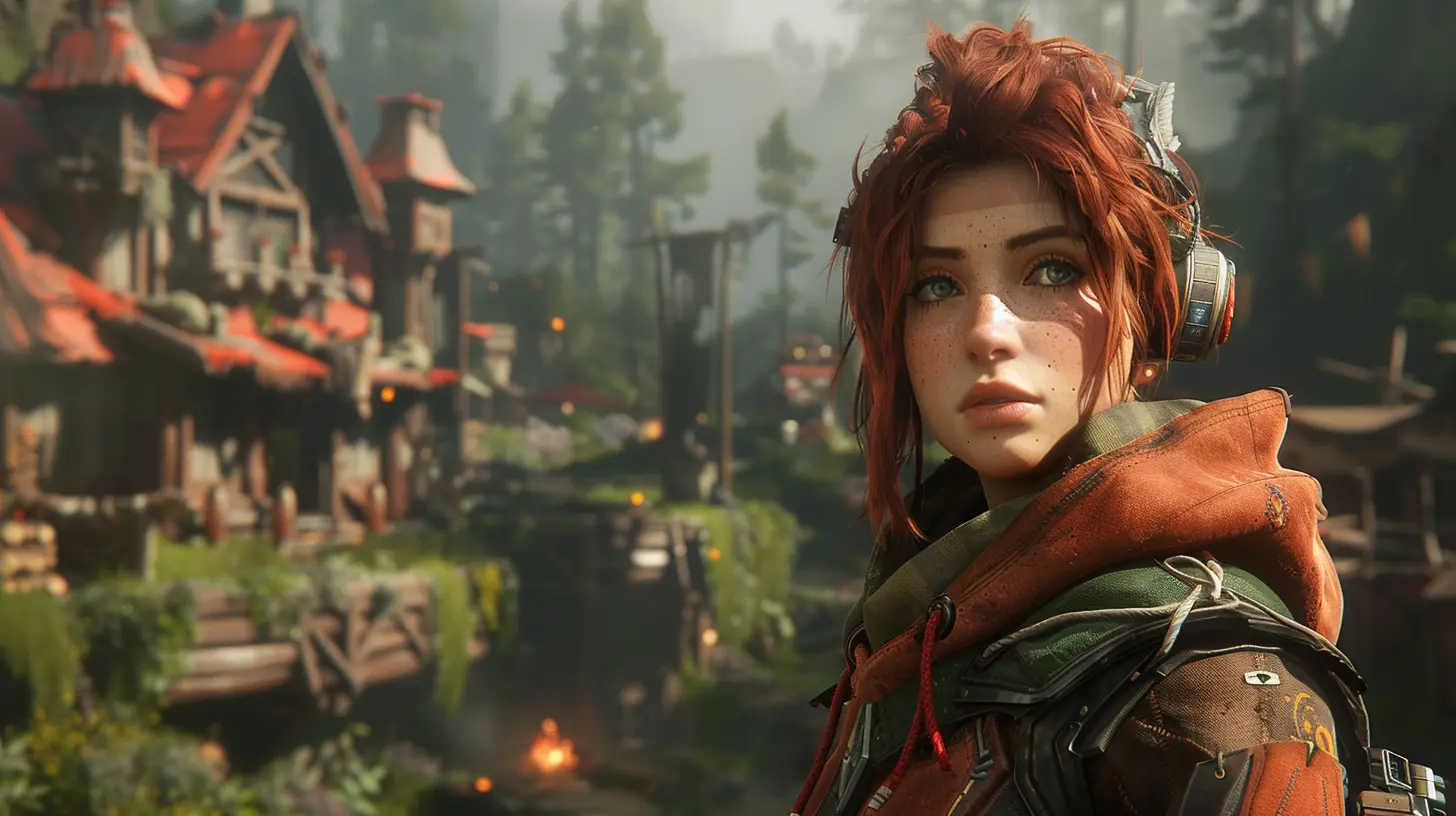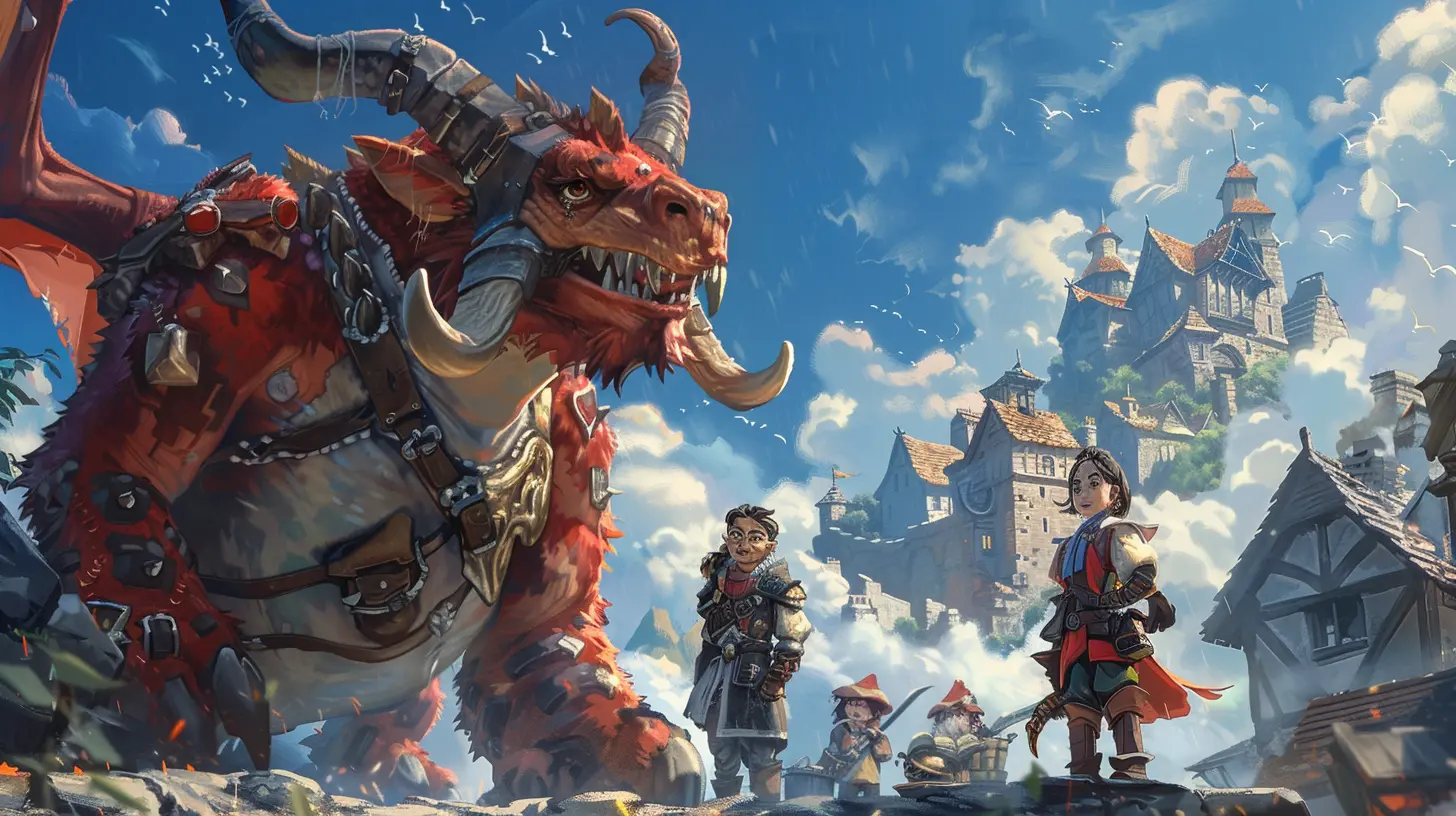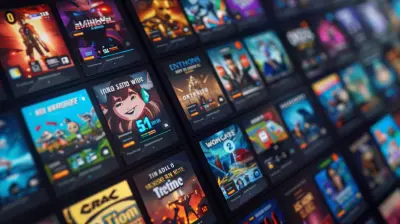Breaking Down the Pricing Models of Early Access Games
28 July 2025
If you’re a gamer like me, you’ve probably stared at a Steam page for an Early Access game, wondering if it’s worth your hard-earned cash. Early Access games are like unfinished puzzles—you see enough to know it might be amazing, but there’s always that nagging question: is this worth the price right now? Let’s dive deep into the mysterious world of Early Access pricing models, shall we?
From paywalls to promises, game developers use a variety of strategies to tempt you into funding their unpolished gems. But how do these pricing models work? Why do some games charge what feels like a small fortune while others are practically giving themselves away? We'll uncover the answers while exploring real-world pros, cons, and the psychology behind those tempting "Buy Now" buttons.
What Are Early Access Games? (Quick Refresher)
Before we decode the pricing shenanigans, let’s make sure we’re all on the same page. Early Access is like getting exclusive backstage tickets to a rock concert—but with a catch. Instead of a finished game, you’re paying to play a work in progress. Developers release an incomplete version to fund continued development, gather player feedback, and (hopefully) build long-term hype.The concept is genius on paper. Gamers get to dip their toes into a project early, while devs secure funding to complete their vision. But here’s the kicker: Early Access games come with a price tag, and that’s where things get... complicated.
The Big Question: How Do Devs Decide on Pricing?
Early Access pricing is all over the map. Some games ask for a few bucks, others charge the same as a fully polished AAA title. So, what gives? Developers don’t just throw darts at a board with random dollar amounts. Pricing models are deeply influenced by marketing strategies, development goals, and (let’s be honest) player psychology.There are three main pricing approaches developers typically use:
1. Low Entry Pricing
2. Mid-Tier Pricing
3. Premium Pricing
1. Low Entry Pricing: Get in Cheap, Stay for the Ride
Some developers set a super low price point for their Early Access titles, like $5 or less. Why? It’s simple—low prices are often hard to resist, like grabbing candy at the checkout aisle. This approach is aimed at building a large, active player base quickly. A higher player count means more feedback, bug reports, and a thriving community.Pros:
- Player Growth: Players are more likely to buy at a lower price, increasing sales volume.- Brand Building: A large player base is like free marketing—word-of-mouth spreads quickly.
Cons:
- Perceived Value: Price too low, and players might assume your game lacks quality.- Profitability: Cheap sales may not bring in enough revenue to fund long-term development.
Example:
Take Among Us. It wasn’t an Early Access title technically, but its low price ($5) made it a runaway success after streamers discovered it. Now imagine a similar pricing strategy applied to an Early Access game—low cost, high potential.2. Mid-Tier Pricing: The Goldilocks Zone
This pricing strategy is all about finding the sweet spot. You’ll typically see Early Access games priced between $10-$30. Developers use this approach to balance affordability with perceived value. The idea is simple: don’t overcharge, but don’t undersell the game’s potential either.Pros:
- Trust Factor: A mid-range price reassures players that the devs have put some thought into their game.- Steady Revenue: It’s not dirt-cheap, but still affordable enough for most gamers.
Cons:
- Mixed Perception: Some players might think, "Why should I pay $20 for an unfinished game?"- Pressure to Deliver: With a higher price comes higher expectations.
Example:
Games like Hades and Slay the Spire found massive success in Early Access with mid-tier pricing. They balanced cost and content well, leaving players impressed and eager to support the final product.3. Premium Pricing: Charging AAA Prices for Early Access?
Here’s where things get... controversial. Some developers charge $40, $60, or even more for their Early Access titles. It's a bold move, usually reserved for games with massive hype or big studio names attached. Essentially, devs using premium pricing are making a statement: This game is worth every penny, even in its unfinished state.Pros:
- High Revenue: Premium prices mean more funding per purchase, which can significantly aid development.- Exclusivity Appeal: Higher costs may create a sense of exclusivity for early buyers.
Cons:
- High Risk: If the game doesn’t deliver, the backlash can be brutal. Just Google "disappointing Early Access games" and prepare for a rabbit hole of player disappointment.- Barrier to Entry: Many players simply aren’t willing to pony up AAA-level cash for an unfinished experience.
Example:
Games like Baldur’s Gate 3 and Ark: Survival Evolved launched in Early Access with premium price tags—and fans willingly paid up. But for every success, there’s a cautionary tale of a game that promised the moon but couldn’t even deliver a rock.
The "Price Hike on Release" Trick
Here’s a fun little twist developers often use: they raise the price when the game officially launches. Why? It encourages players to buy during Early Access to "lock in" a cheaper price. FOMO (fear of missing out) is a powerful motivator!This strategy works when done right, but it can backfire if players feel like the game doesn’t justify the extra cost at launch. Nobody wants to feel like they paid full price for what still feels like a beta test, right?
The Role of Player Psychology in Pricing
Now, let’s talk about the elephant in the room: how pricing models mess with our brains. Developers know that gamers, like anyone else, are influenced by emotions and perception. Here are just a few psychological tricks at play:- Anchoring Effect: Ever notice how some games list their "future price" alongside the Early Access price? This frames the current price as a deal, making it more appealing.
- Herd Mentality: Seeing tons of positive reviews or active players can push you to purchase—because if everyone else is buying it, it must be good, right?
- Value vs. Cost: A $10 game feels "safe" to buy, even if it’s rough around the edges. But at $60, you expect near-perfection—even from an Early Access title.
Should You Buy Early Access Games?
Here’s the million-dollar question: are Early Access games worth it? The answer depends on your gaming style and risk tolerance. If you’re the type who loves being part of a game’s evolution and can stomach the occasional bug-fest, Early Access can be incredibly rewarding. On the flip side, if you hate unfinished content or feel burned by past purchases (cough No Man's Sky cough), you might want to sit tight until the final release.Final Thoughts: A Balancing Act Between Trust and Value
Early Access pricing isn’t just about numbers—it’s a gamble. Developers are placing bets on how much you’re willing to trust them with your time, money, and patience. As gamers, we’re deciding whether to roll the dice on potential or wait for a polished masterpiece.So next time you're about to click “Add to Cart” on an Early Access game, ask yourself: is this price fair for what’s on offer now? Or are you paying for the promise of what it might become? Either way, don’t forget—part of the fun is in the journey, not just the destination.
all images in this post were generated using AI tools
Category:
Early Access GamesAuthor:

Madeleine McCaffrey
Discussion
rate this article
2 comments
Talis Patel
Early Access: Where dreams cost more than reality!
November 11, 2025 at 4:40 PM

Madeleine McCaffrey
Thank you for your insight! Early Access can indeed blur the lines between aspiration and value, making pricing a complex issue for both developers and players.
Zella McLemore
Great article! I really appreciate the in-depth analysis of Early Access pricing models. It’s a complex topic, and your insights shed light on both the benefits and challenges for developers and players. This perspective is essential for anyone navigating the evolving landscape of game development. Keep up the great work!
July 29, 2025 at 4:10 PM

Madeleine McCaffrey
Thank you so much for your kind words! I’m glad you found the analysis helpful. Your support means a lot!


